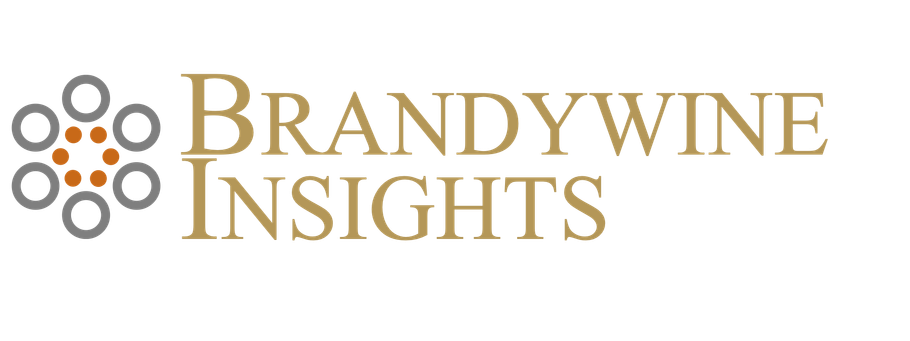The Nine Pillars of sound financial operations

Cash Flow
Monitoring | Analyzing | Optimizing
Manage your capital runway, debt obligations, and ensure the ability to invest in new projects.
Earnings Optimization
Acquisition | Retention | Expansion
Identify opportunities to improve margins through granular analysis of channels, service lines, products, and more.

Fundraising Support
Structure | Valuation | Pitch
Plan for the timing, format, instrument, and level of funding required to support business operations.

GTM Strategies
Utilize | Deliver | Achieve
Unlock scalable growth through new business models, channels, verticals, or customer segments.

Implementation
Positioning | Deployment | Maintenance
Install tools, systems and controls across your business to accelerate growth.

Risk Management
Identify | Analyze | Mitigate
Anticipating and modeling the risks and potential roadblocks that lie ahead and proactively working to avoid them.

Competitive Analysis
Metrics | Differentiation | Stand Out
Understand the opportunities and threats to your business presented by other players in the space.

Financial Reporting
Track | Analyze | Report
Gain a clear picture of your business’ operations with expert financial reporting
Why CFO Services
Forecasting has become complex
More fiction has been written in excel than in word.
The biggest factor facing budgeting and forecasting is the increasing number of external stakeholders. This is often attributed to increasing levels of complexities around transactions. These increasingly complex transactions require more time for data and analysis. You can’t ignore time, either. The finance and budgeting departments are often up against the clock when it comes to providing information.
Now add the need for management to make strategic decisions quickly. Stakeholders want higher-level information to make decisions, as well have KPIs and drivers distilled from large amounts of data.
Sometimes this is exacerbated by a lack of coordination between departments. It is generally a struggle to get all the key decision makers aligned.
Entering a new market
If you don't know where you're sailing, no wind is favorable.
The "evolved" CFO plays a unique and critical role - whether growing through M&A, emerging markets, digital or innovation -
Providing Insight, Managing Risk, and Ensuring that companies fully realize the Potential Value of a given Strategy.
Pivoting your business plan
It is better to be approximately right than precisely wrong.
The constants in operating a business are change and adjustments. Optimizing sales funnels, cutting costs, and better understand the needs of customers is primary. But in a crisis, slight refinements will not keep the business going. Look for innovative ways to pivot the business.
Raising Capital
Cash needs and the narrative - this is heavy on financial math. How much money do you need and what you do you plan to spend it on.
Finding The Investors - Depending on the type of capital that is required, we will either take an active leadership or managerial role.
Managing Due Diligence - What to put in the “data room” to satisfy investor due diligence is part process and part art. At a basic level, the data should be easy to follow and back up the financial model and all parts of the pitch deck.
Managing Markets and Exchanges - Reporting complexity and governance requirements drastically increase once you hit the public markets. Securities attorneys, transfer agents and broker dealers are all members of this larger team.
Manage cash smartly
Make good use of accounting software and FP&A tools; keep your cash working; get paid on time; make payment terms work to your advantage; spread out expenses; be smart with payroll; managing inventory better; identify and nurture "good debt"; and most importantly - have a Plan B
Growth is limited by cash
Institute an effective cash management system, manage the cash cycle, improving collections, pricing, and terms – all adds to increased liquidity. This includes managing capital and debt obligations, ensuring the ability to invest in new projects
Debt and Restructuring
Draw on an expansive financial tool kit but recognize that only certain tools will prove optimal in any given balance-sheet restructuring and that each situation is unique. Most importantly, the knowledge to stabilize a crisis and manage cash, decision on raising equity, equities or roll over debt, divest units, or work an insolvency process—and when not to.
The need is for exceptional people managers who strike a balance between offering support and challenging teams —leaders who both motivate people to change and hold them accountable, while rebuilding trust and consensus across multiple and diverse external stakeholder groups.
The most crucial trait is the ability to communicate the restructuring plan to the board, management, employees, secured lenders, shareholders, the pension regulator, the press, and any other key stakeholders.
Mergers and Acquisitions
A McKinsey survey of 200 global CFOs found that cost and revenue synergies in deals were much more likely to meet targets when the CFO was closely involved in the process.
In addition to the traditional expectations of managing due diligence, valuation, and deal flow, key areas to focus on to avoid pitfalls - Integrating legacy systems, Data accessibility, Cybersecurity and Data protection, strength of vendor relationships, bottlenecks in the supply chain, ESG standards and compliance, tariff and duty compliance
A strategic plan designed upfront that considers and reduces the scope for surprises is a must. Deals planned this way result in higher quality mergers and better returns.


